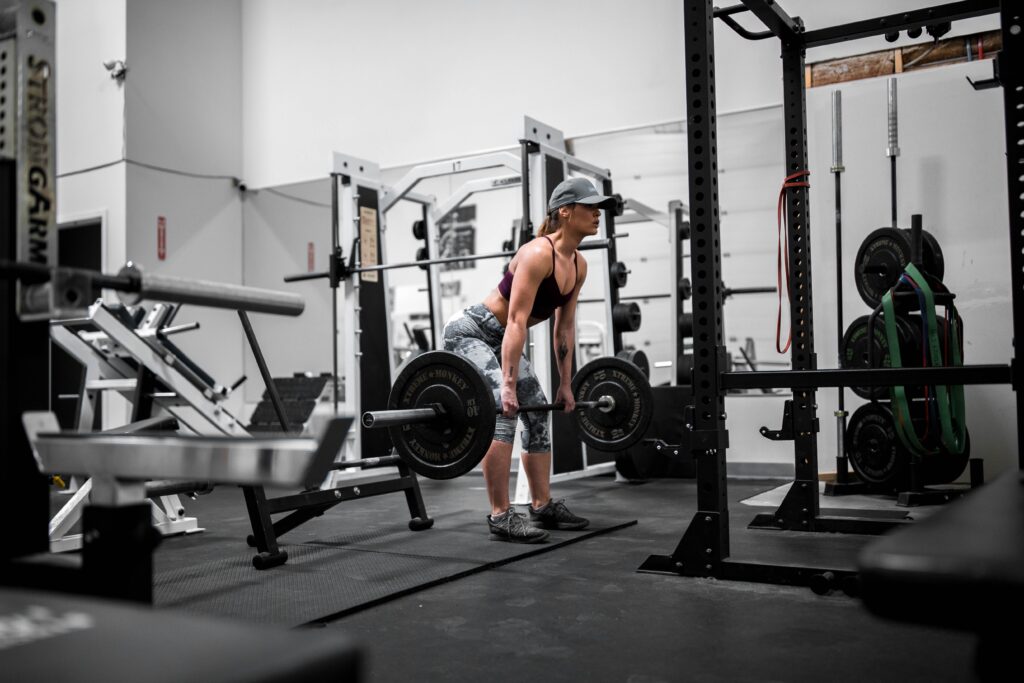Do I Need to Periodize?
The main value of periodization for all trainees comes from the fact that you cannot optimally impro...
| June 27, 2021
Warning: Undefined variable $post in /home/u355111447/domains/wellnessadept.com/public_html/wp-content/plugins/oxygen/component-framework/components/classes/code-block.class.php(115) : eval()'d code on line 3
Warning: Attempt to read property "ID" on null in /home/u355111447/domains/wellnessadept.com/public_html/wp-content/plugins/oxygen/component-framework/components/classes/code-block.class.php(115) : eval()'d code on line 3
Read time: 4 min.

Choosing between sumo versus conventional can be very controversial, I like to believe when it truly comes down to it, an athlete should choose whatever feels most comfortable to them in making a choice of what they will compete in, however, if not competing, they should incorporate both movements because they both have select muscle groups they favor.
There are those who believe that “leveraging gives a huge advantage” where the mentality should be, find the advantages behind your own bodies leverage and emphasize on those qualities to the best of your ability, there is no one not built to deadlift, in fact every single type of athlete should be doing them in some form in my belief, they can be tied into any exercise program and definitely should be. First off, they use almost every single muscle in the ENTIRE body, so if your goal is to put on muscle mass, these are crucial, if your goal is weight loss, the more muscle you use safely at one period of time, the more that you boost your metabolism and energy output. There are structural and postural benefits behind them as well, unfortunately we exist in a world where standing 24/7 is not possible or ideal, in fact we sit slouched over our phones, seated half of the day for some. This is bad for the entire body. The deadlift has an array of benefits, so get after it!
Conventional - These types of deadlifters get their power from the posterior chain, so it is important to tie in the exercises, accessories and movement pattern into the SAID principle (Supposed Adaptation to Imposed Demands) through doing this, the body will not only improve the motor units of that said area, but the energy output followed by the demands of the one rep maximum, in the case of the conventional deadlift, the feet are both pointed forward, finding width between your feet can be specific to the individual and the way that they wedge into the bar, this will be found by trying new areas and learning what your body best adapts to and what is comfortable. You MUST have a strong back for this movement, I will never teach that the deadlift is a “back” exercise to any new athletes, because they need to understand the fact that your spine must remain neutral, when lower flexion begins to occur in the deadlift, chances are the initial movement pattern needs to be rectified, this can tie down to core bracing and creating proper shoulder extension is required to making sure you pull the slack out of the bar (almost act as if you bring your arms straight down to your side as if you are trying to squish something under your armpit) this makes you not only safer moving the weight, but it makes your more synergistic, syncing your body and the bar as more of a single mass, this limits injury factors significantly. Some exercises that should be really looked highly upon in the Conventional deadlift are Romanian deadlifts, block pulls, pullups. Hyperextensions, reverse hypers, hamstring curls, unilateral Romanian deadlifts, and rows are crucial. Conventional deadlifters will break the floor easier but find more difficulty in their lockout.
Sumo - A slightly more technical form of the deadlift, as they have a harder time breaking the floor and will find locking out the lift easier, that is if their initial position off the ground is consistent and their torso is in the position that it needs to be. Feet will be pointed out and initially it can be difficult to find distance between your feet, this is a hip flexor and glute dominant movement pattern, because of the nature of where the feet are pointing, opposite, it is easier to misfire one side and compensate, this can lead to failure in a lift, which is why it is important to take videos from a front area while learning, so that you do not teach your body into bad patterns. As the lifter gets tight to the bar in this lift, they will reach a certain point just below the knee where they must “anchor” their pull, what this does is it allows their hips to fully lock in position and set the concentric movers to create as much force as possible, at this point in the movement, their torso should be in the proper upright position to nail the lift, a big problem to note with sumo deadlifters is their inability to stay patient initially and to stick with the bar, it has gotten to the best of me personally many times. The distance travelled is shorter than the conventional lifter making the overall time under load lesser. Some notable exercises to be included should include, block pulls, pullups, Romanian deadlifts, hyperextension, hip thrusts, sumo squats, good mornings, cable pull throughs. Just the same as the conventional, the athlete must follow the SAID principle and figure out how to build on those primary movers if they want to be successful in whatever form that best suits them.
New articles, content with tips, inspiration, and coaching directly to your inbox.